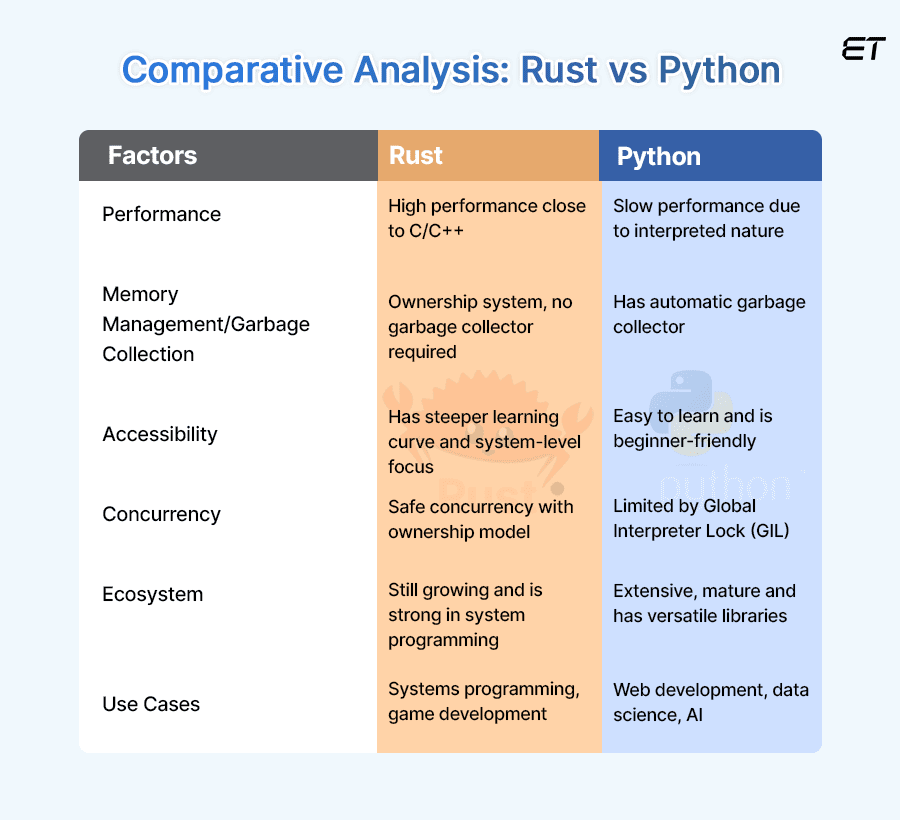BREAKING NEWS
LATEST POSTS
-
DeepBeepMeep – AI solutions specifically optimized for low spec GPUs
https://huggingface.co/DeepBeepMeep
https://github.com/deepbeepmeep
Wan2GP – A fast AI Video Generator for the GPU Poor. Supports Wan 2.1/2.2, Qwen Image, Hunyuan Video, LTX Video and Flux.
mmgp – Memory Management for the GPU Poor, run the latest open source frontier models on consumer Nvidia GPUs.
YuEGP – Open full-song generation foundation that transforms lyrics into complete songs.
HunyuanVideoGP – Large video generation model optimized for low-VRAM GPUs.
FluxFillGP – Flux-based inpainting and outpainting tool for low-VRAM GPUs.
Cosmos1GP – Text-to-world and image/video-to-world generator for the GPU Poor.
Hunyuan3D-2GP – GPU-friendly version of Hunyuan3D-2 for 3D content generation.
OminiControlGP – Lightweight version of OminiControl enabling 3D, pose, and control tasks with FLUX.
SageAttention – Quantized attention achieving 2.1–3.1× and 2.7–5.1× speedups over FlashAttention2 and xformers without losing end-to-end accuracy.
insightface – State-of-the-art 2D and 3D face analysis project for recognition, detection, and alignment.
FEATURED POSTS
-
MiniMax-Remover – Taming Bad Noise Helps Video Object Removal Rotoscoping
https://github.com/zibojia/MiniMax-Remover
MiniMax-Remover is a fast and effective video object remover based on minimax optimization. It operates in two stages: the first stage trains a remover using a simplified DiT architecture, while the second stage distills a robust remover with CFG removal and fewer inference steps.
-
A Brief History of Color in Art
www.artsy.net/article/the-art-genome-project-a-brief-history-of-color-in-art
Of all the pigments that have been banned over the centuries, the color most missed by painters is likely Lead White.
This hue could capture and reflect a gleam of light like no other, though its production was anything but glamorous. The 17th-century Dutch method for manufacturing the pigment involved layering cow and horse manure over lead and vinegar. After three months in a sealed room, these materials would combine to create flakes of pure white. While scientists in the late 19th century identified lead as poisonous, it wasn’t until 1978 that the United States banned the production of lead white paint.
More reading:
www.canva.com/learn/color-meanings/https://www.infogrades.com/history-events-infographics/bizarre-history-of-colors/







